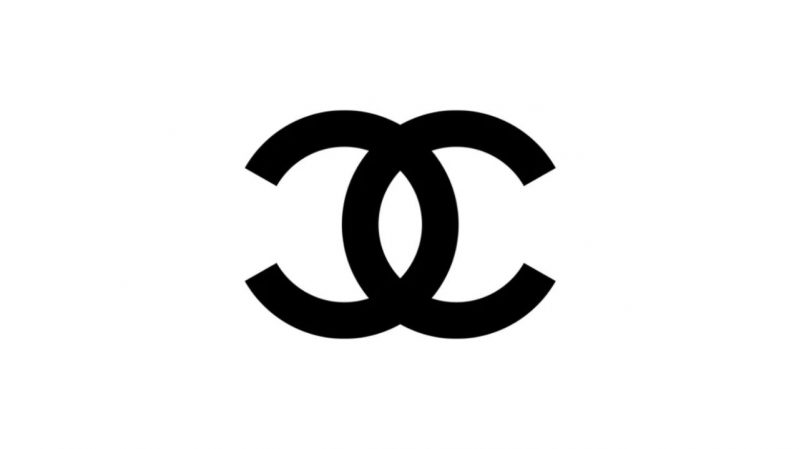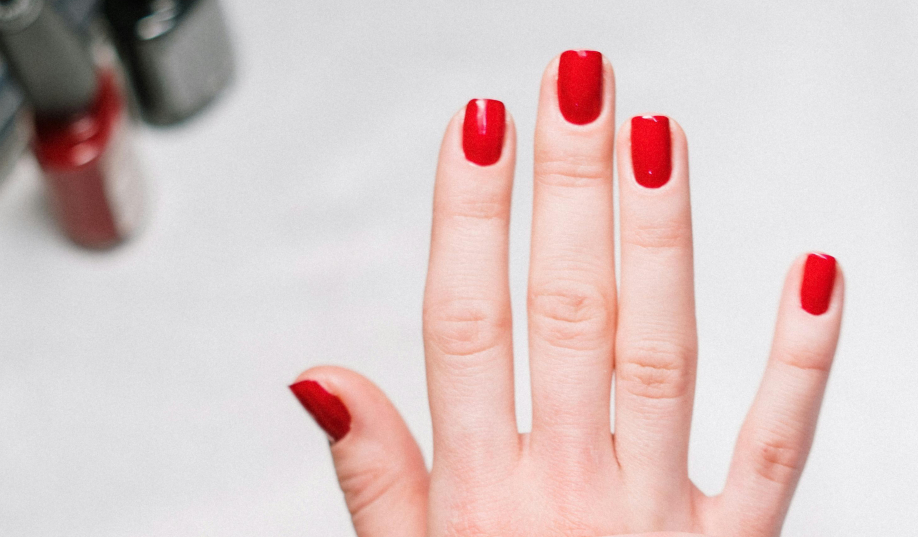Coco Chanel’s Legacy: From Revolutionizing Fashion to Icon

© Coco Chanel
Coco Chanel has a fascinating and inspiring story that has left a lasting impact on the world of fashion. From humble beginnings to becoming a household name, her journey is nothing short of remarkable.
So, have you ever wondered about the story behind one of the most iconic fashion designers of all time? Coco Chanel’s influence on the fashion industry is undeniable, but how did she rise to fame and revolutionize the way women dress? Find out below!
Who Is Coco Chanel?
Gabrielle Bonheur Chanel, later known as Coco Chanel, was born on August 19, 1883, in Saumur, France. Her childhood was marked by adversity; following her mother’s death when she was 12, Chanel was placed in an orphanage by her peddler father.
Raised by nuns who taught her sewing, Coco Chanel’s early skills in needlework laid the foundation for her future career in fashion. Her nickname, “Coco,” originated from her time as a singer in clubs in Vichy and Moulins, reflecting a different aspect of her multifaceted life.

Some believe it stems from one of her songs during her singing career, while Chanel herself suggested it was derived from “cocotte,” the French term for a kept woman, as reported by The Atlantic.
Love Life
Starting in 1920, Chanel was briefly involved with composer Igor Stravinsky. Their acquaintance dates back to Chanel’s attendance at the infamous premiere of Stravinsky’s “Rite of Spring” in 1913.
In the early 1920s, Chanel encountered the wealthy Hugh Grosvenor, Duke of Westminster, aboard his yacht, sparking a long-lasting relationship. Despite his proposal of marriage, which she declined, Chanel famously asserted, “There have been several Duchesses of Westminster—but there is only one Chanel!”
How Did She Begin Her Fashion Journey?
In her early twenties, Chanel entered a romantic relationship with Etienne Balsan, who supported her in establishing a millinery business in Paris. Later, she became involved with Arthur “Boy” Capel, a wealthier acquaintance of Balsan’s, who also played a significant role in Chanel’s initial foray into the fashion industry.
In 1910, Chanel inaugurated her inaugural boutique on Rue Cambon in Paris, primarily specializing in hat sales. Over time, she expanded her business, opening additional stores in Deauville and Biarritz, and transitioning into clothing design.

Chanel’s initial breakthrough in clothing design happened when she crafted a dress from an old jersey on a chilly day. The dress garnered attention and inquiries, prompting Chanel to offer to create similar pieces for others. She later reflected on this moment, acknowledging the foundational role it played in her success. Additionally, Chanel’s influence extended beyond fashion; she became a prominent figure in Parisian literary and artistic circles, designing costumes for renowned productions and counting esteemed artists like Jean Cocteau and Pablo Picasso among her close friends.
The Iconic Perfume
In the 1920s, Chanel experienced significant growth in her business endeavors. She introduced her iconic fragrance, Chanel No. 5, which was groundbreaking as the first perfume to bear a designer’s name. Chanel viewed perfume as a crucial element of fashion, describing it as an accessory that leaves a lasting impression. Théophile Bader, Pierre Wertheimer, and Paul Wertheimer, prominent figures in the department store industry, provided support for the fragrance’s launch. Chanel developed a particularly close relationship with Pierre Wertheimer during this period.

After negotiations, an agreement was reached whereby the Wertheimer business would receive 70% of the profits from Chanel No. 5 for manufacturing it in their factories, while Bader would receive 20%, leaving Chanel with only 10%. Despite the immense success of No. 5, which generated substantial revenue, Chanel repeatedly pursued legal action seeking to renegotiate the terms of the deal over the years.
The Big Step Forward for Coco Chanel
In 1925, Chanel unveiled the iconic Chanel suit, featuring a collarless jacket and a well-fitted skirt, which became legendary in the fashion world. Her designs were revolutionary, drawing inspiration from menswear and prioritizing comfort over the constraints of prevailing fashion trends. Chanel’s innovations marked a departure from the era of corsets and restrictive clothing, empowering women with more liberating and functional attire.

In the 1920s, Chanel introduced the revolutionary concept of the little black dress, transforming a color traditionally linked to mourning into a symbol of chic elegance for evening wear.
The Fall of Chanel
The global economic downturn of the 1930s dealt a blow to Chanel’s business, but it was the onset of World War II that prompted her to cease operations entirely. Facing the realities of wartime challenges, she made the difficult decision to dismiss her staff and close her shops.
Following the war, Chanel departed Paris and spent a period in Switzerland, effectively in exile. Additionally, she resided at her country estate in Roquebrune for a period.
Welcome Back Coco!
In her early 70s during the early 1950s, Chanel staged a remarkable comeback in the fashion industry. Despite initial criticism from critics, her designs, characterized by femininity and relaxed fits, quickly gained favor with global consumers.
Controversies Around the Designer
During the German occupation of France, Chanel became romantically involved with a Nazi officer, Hans Gunther von Dincklage. She secured special permission to remain in her apartment at the Hotel Ritz in Paris, which served as German military headquarters.
Following the war, Chanel faced interrogation regarding her association with von Dincklage, although she was not formally charged as a collaborator. Speculation has arisen regarding whether her friend Winston Churchill intervened on her behalf behind the scenes.

Although not formally charged, Chanel faced public condemnation for her relationship with a Nazi officer, leading to ongoing scrutiny and criticism. Many perceived her actions as a betrayal of her country, tarnishing her reputation in the eyes of some.
End to an Icon
Chanel passed away on January 10, 1971, at her apartment in the Hotel Ritz. Remaining unmarried, she famously remarked, “I never wanted to weigh more heavily on a man than a bird.” Hundreds gathered at the Church of the Madeleine to pay their respects to the fashion icon, with many mourners honoring her legacy by wearing Chanel suits.
Approximately ten years after Chanel’s passing, Karl Lagerfeld assumed leadership of her company, ensuring the continuation of her influential legacy. Presently, the Chanel brand remains privately owned by the Wertheimer family and continues to flourish, with annual sales estimated to reach hundreds of millions of dollars.
Coco Chanel & Pop Culture
In 1969, Chanel’s remarkable life inspired the Broadway musical “Coco”. It featured Katharine Hepburn in the lead role as the iconic designer. The production, with book and lyrics by Alan Jay Lerner and music by André Previn, was complemented by Cecil Beaton’s striking set and costume designs. “Coco” received seven Tony Award nominations, with Beaton winning for Best Costume Design and René Auberjonois for Best Featured Actor.

Numerous biographies explore the life of fashion revolutionary Coco Chanel, with notable titles like “Chanel and Her World” (2005) written by her friend Edmonde Charles-Roux. In the 2008 television movie “Coco Chanel,” Shirley MacLaine portrayed the designer during her 1954 career resurgence. She expressed her longstanding interest in the role due to Chanel’s complexity. French actress Audrey Tautou depicted Chanel’s early life and rise to prominence in the 2008 film “Coco Before Chanel.” Additionally, “Coco Chanel & Igor Stravinsky” (2009) delved into Chanel’s relationship with the composer.
What do you think of Coco Chanel’s journey?
You might also want to read: How Audrey Hepburn’s Little Black Dress Made History


